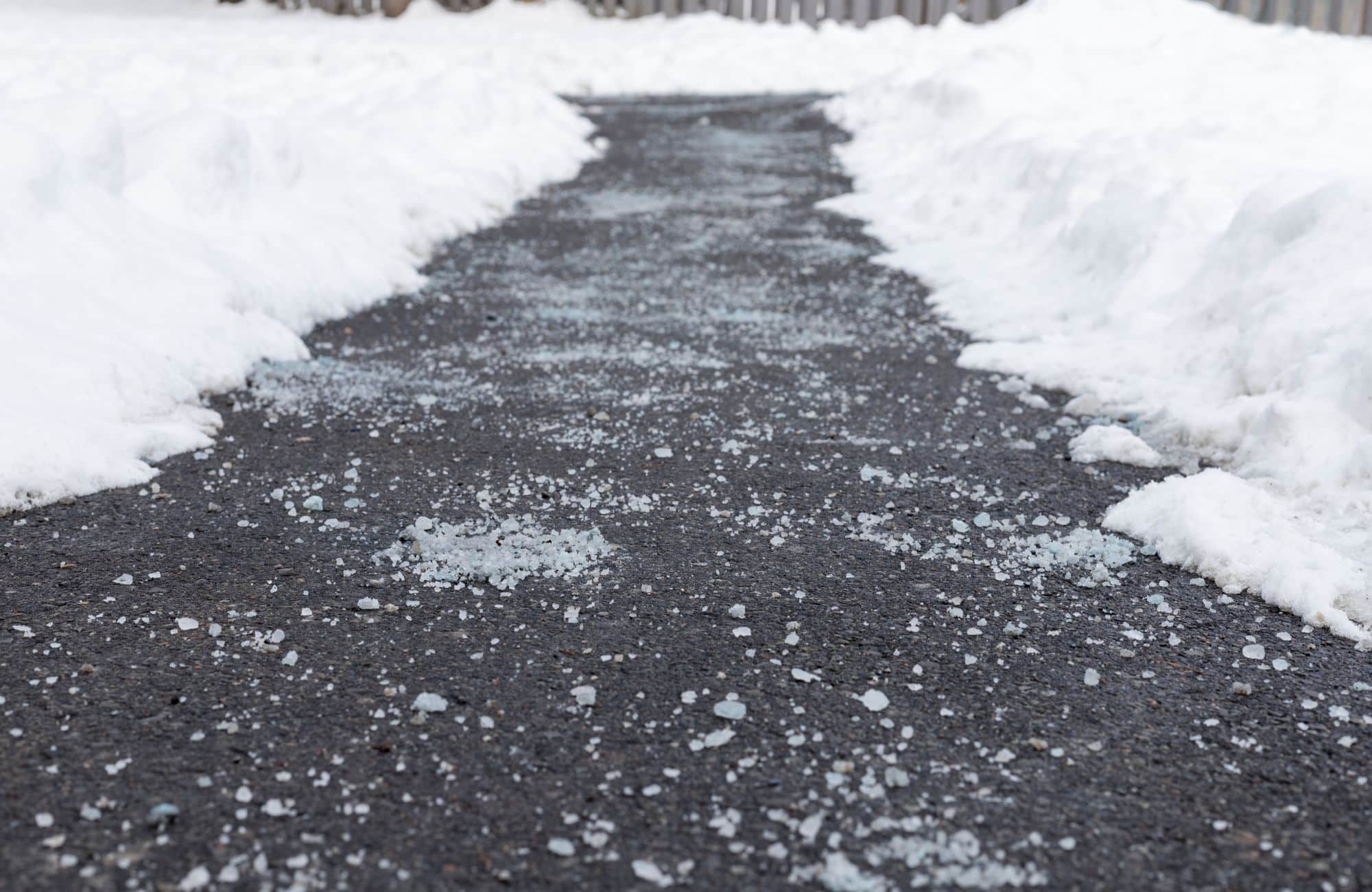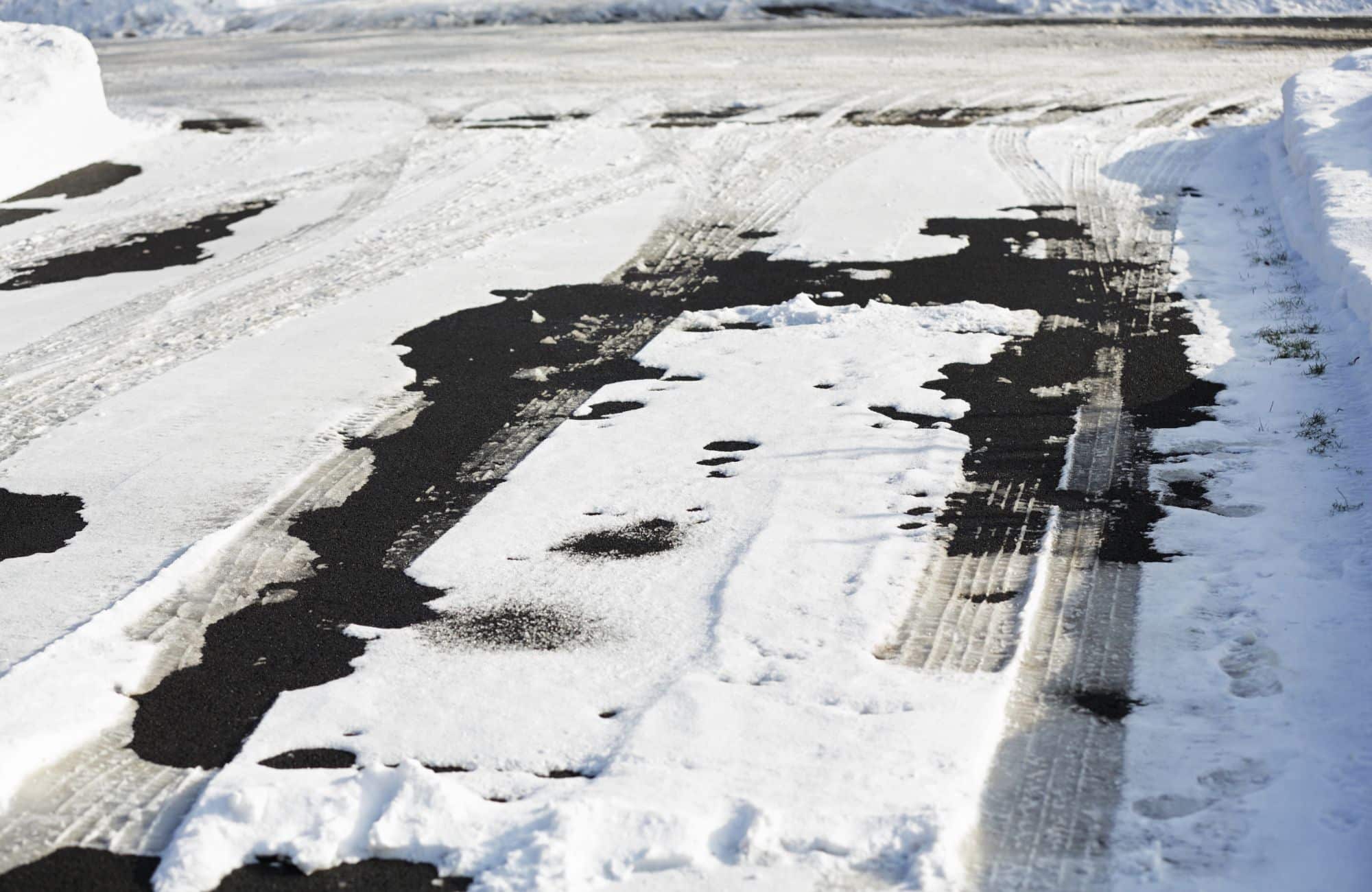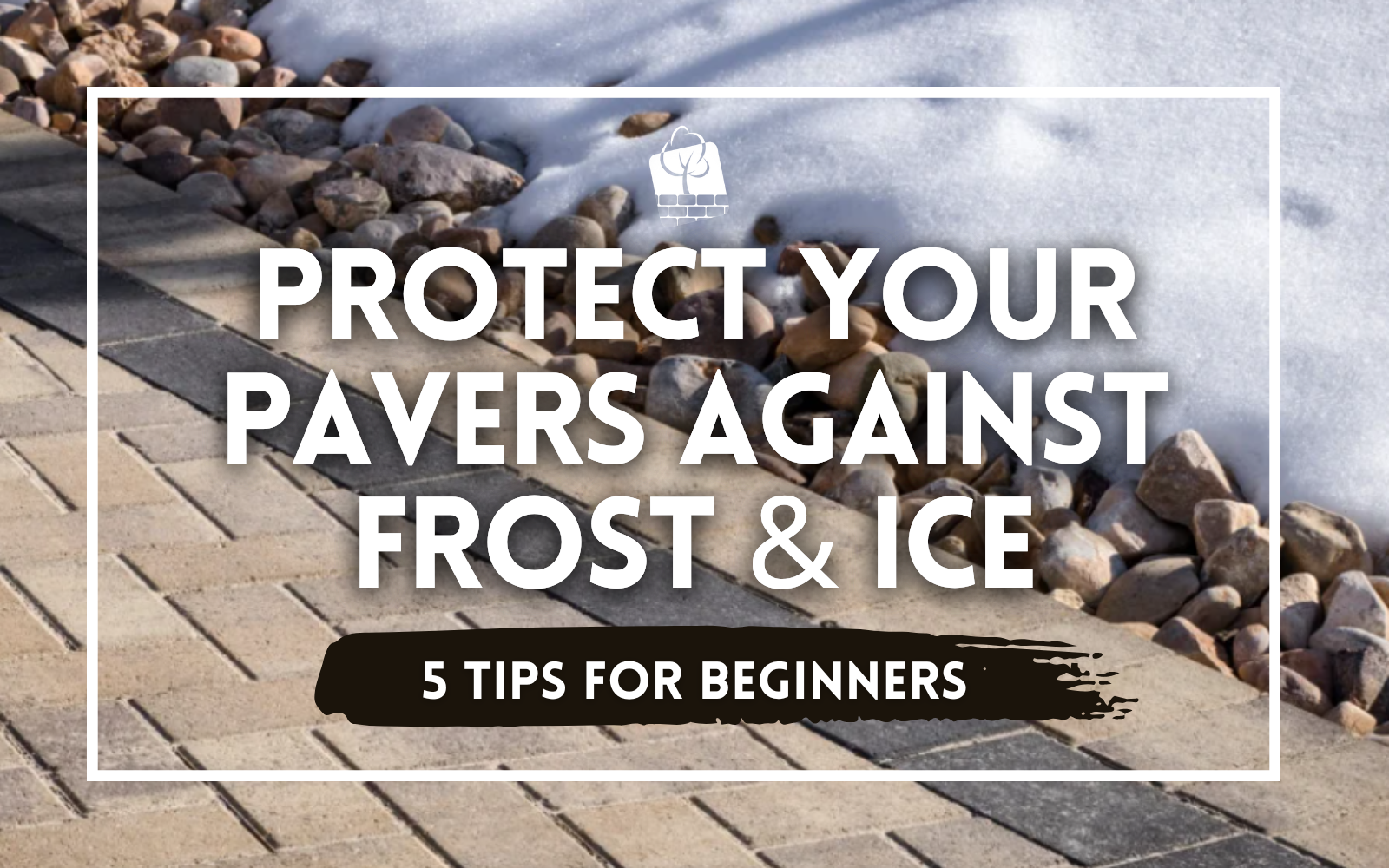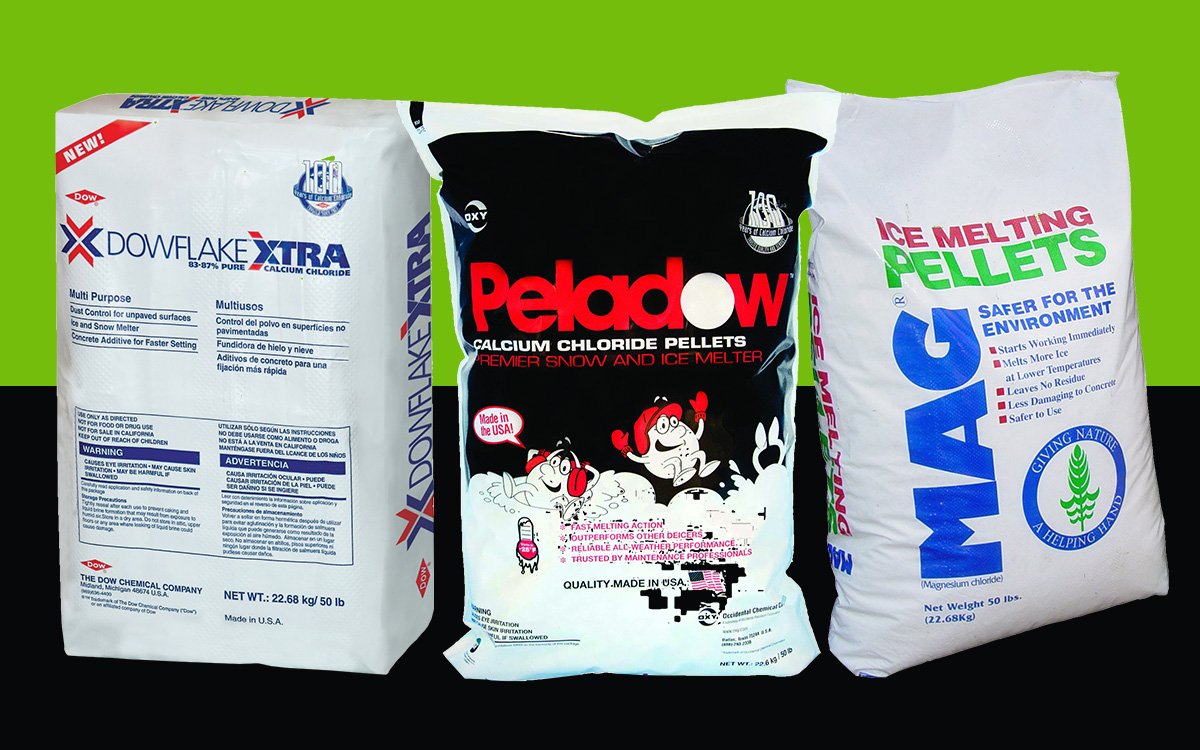Is Morton Rock Salt Safe for Pets? What You Need to Know
Morton Rock Salt is not safe for pets, as it contains sodium chloride, which can irritate paws and cause burns or poisoning if ingested. Pets walking on salted surfaces may develop paw irritation, and licking their paws can lead to vomiting, diarrhea, or more severe health issues. For a safer option, consider pet-friendly alternatives like Morton Safe-T-Pet, which effectively melts ice without harming pets, making winter walks safer and more comfortable.















